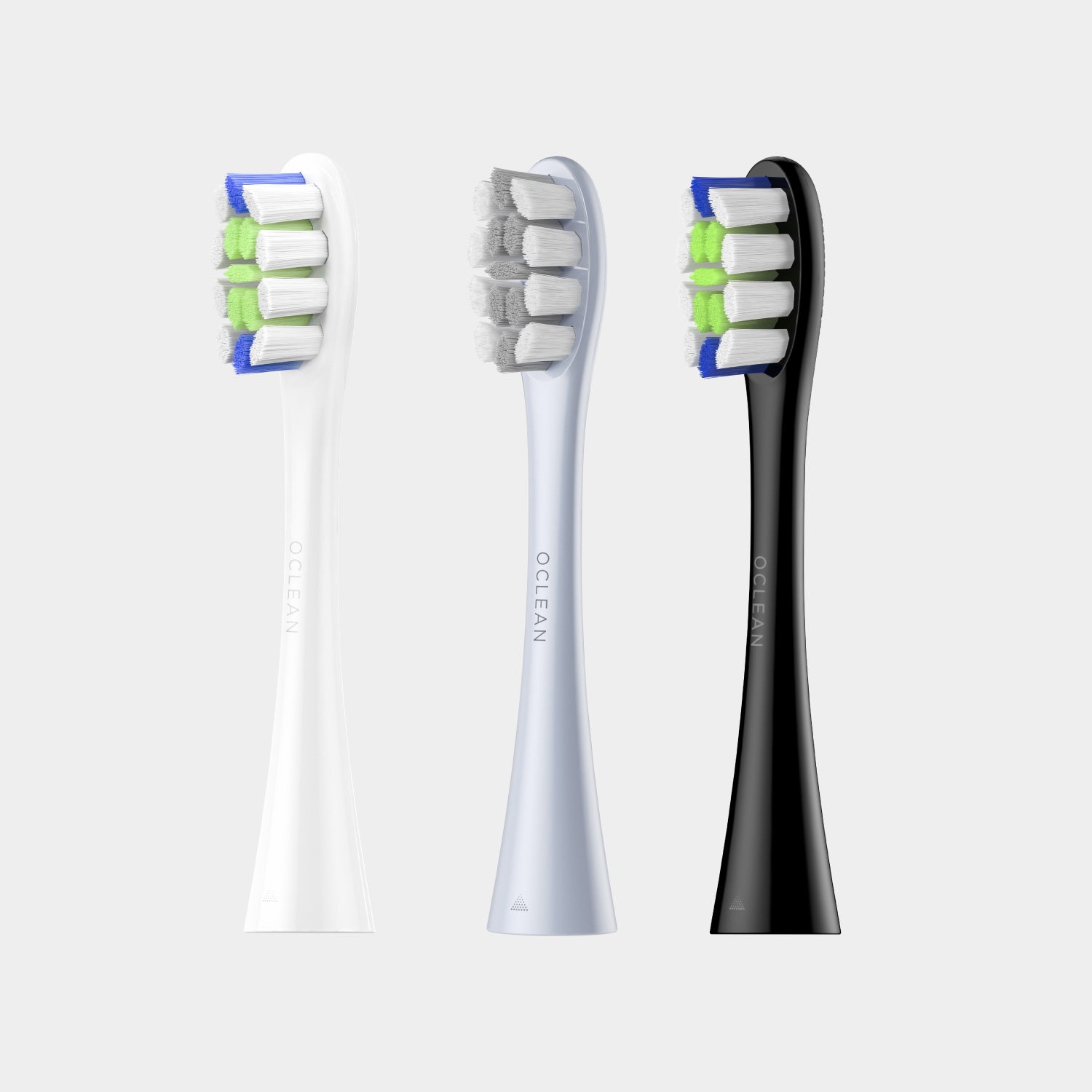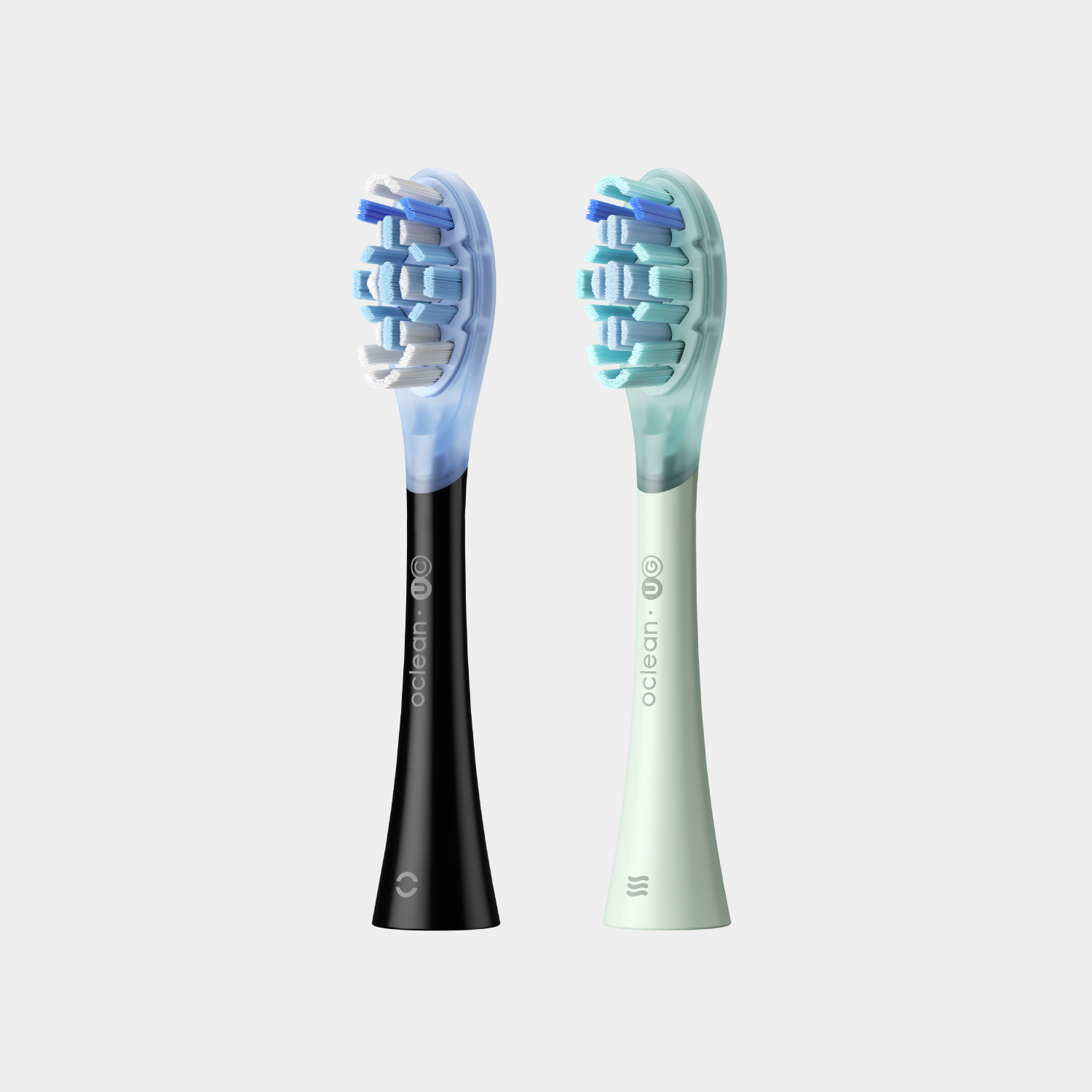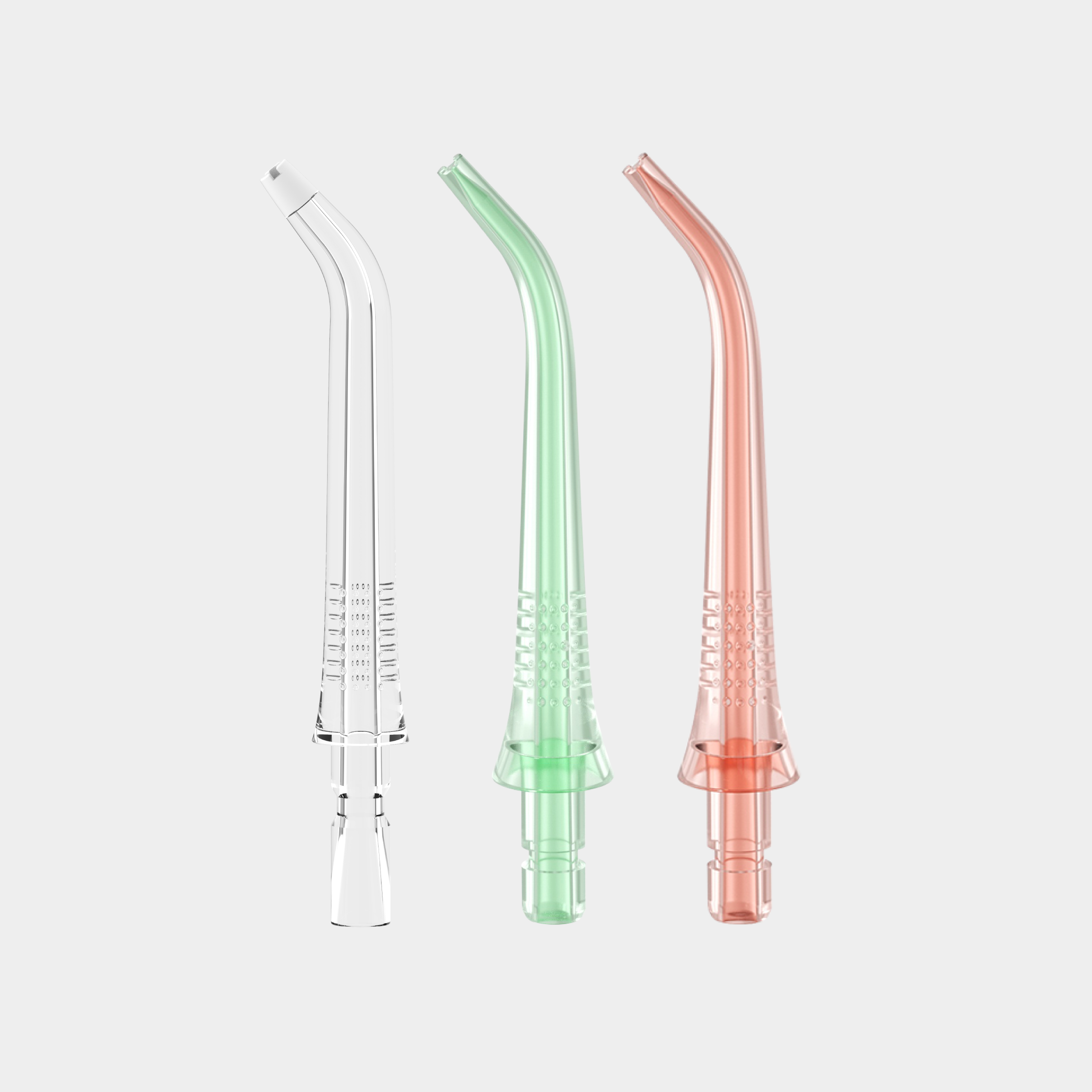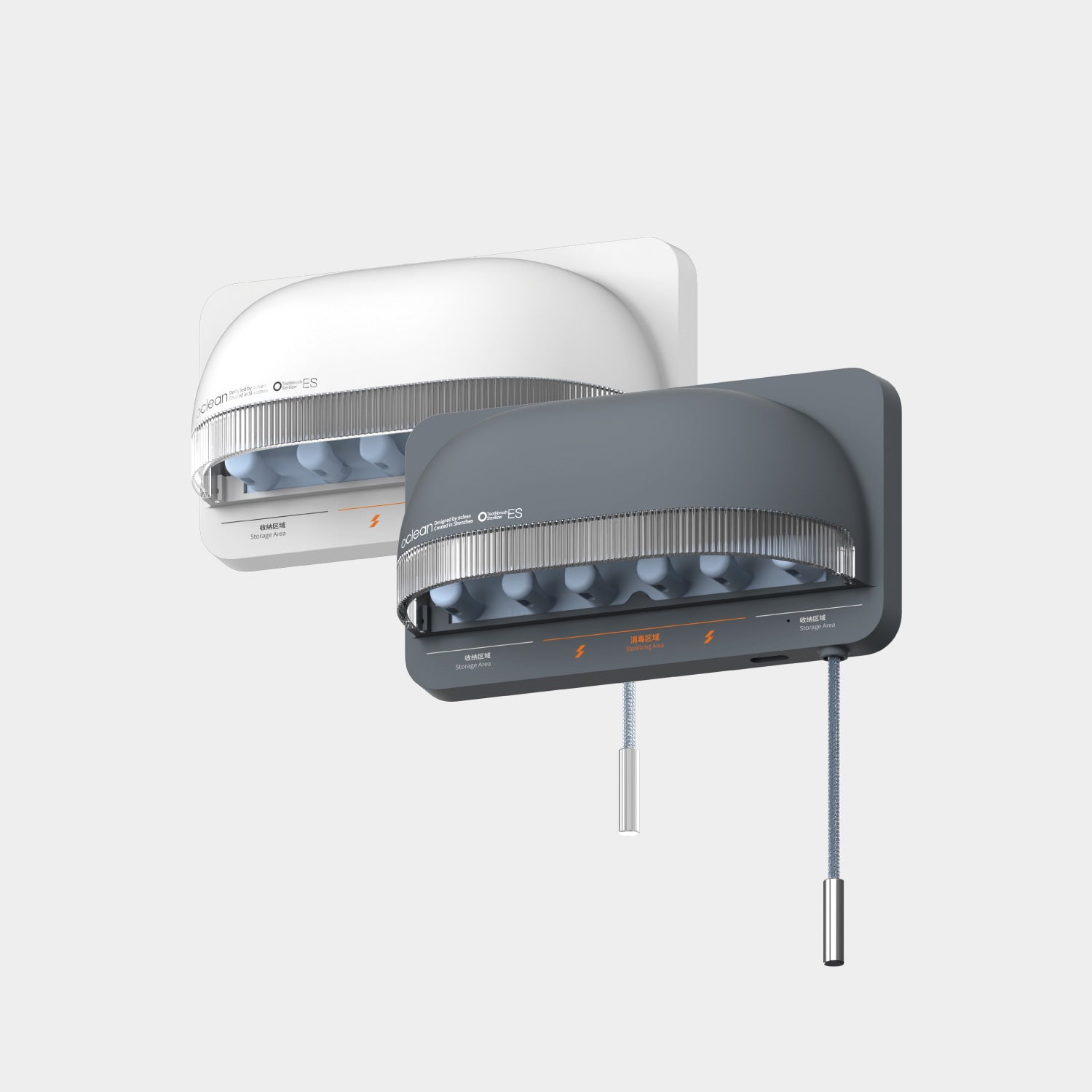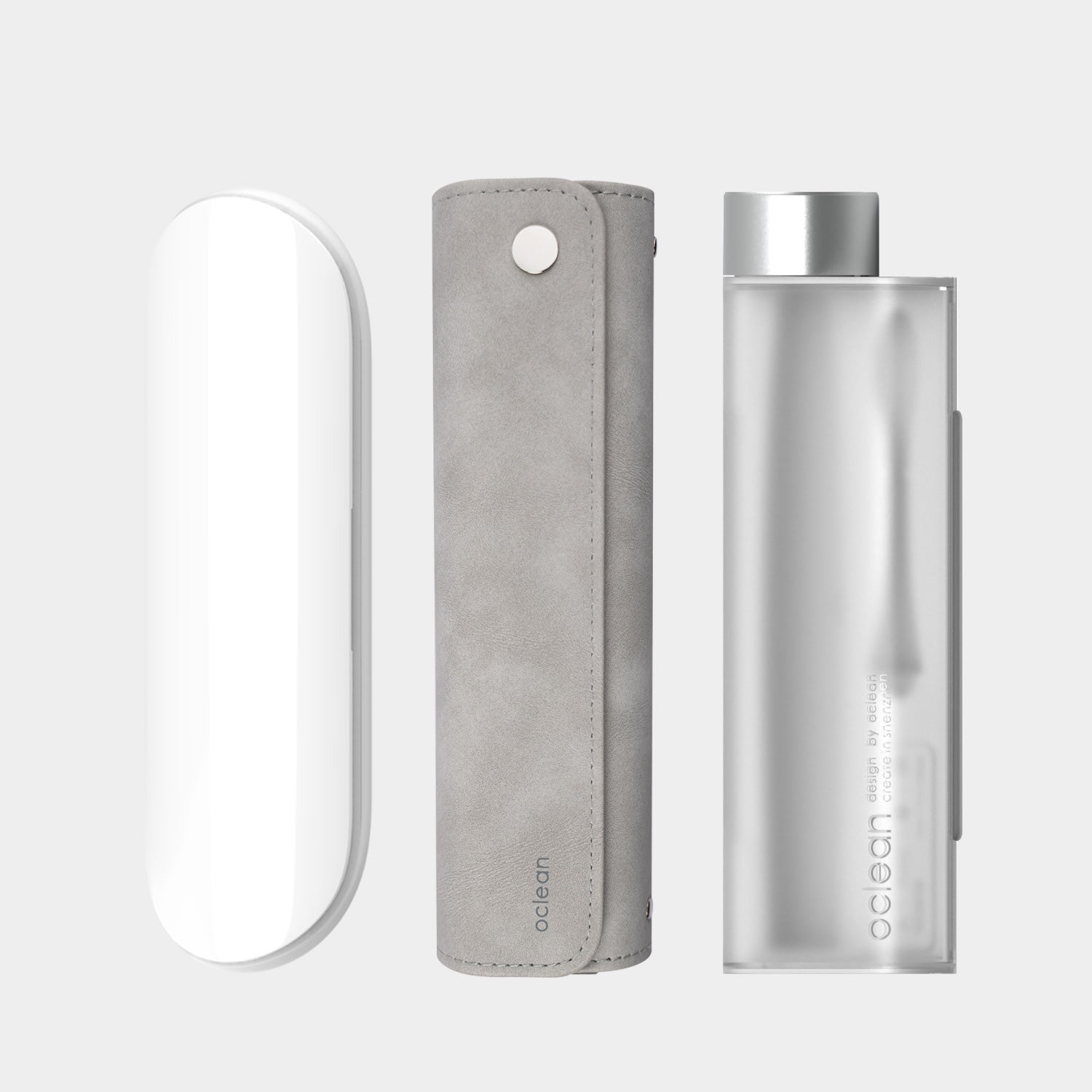Can dental floss cause infection? Can the floss spread germs?
There are many misconceptions surrounding this common oral hygiene aid. The American Dental Association has advised flossing or using any other interdental aid at least once a day along with the usual twice-daily brushing protocol. Despite this recommendation, some individuals still experience apprehension in using this simple tool. Let's answer some common queries to ensure your flossing habit allows you to enjoy a cleaner and fresher smile.
Different Types of Flossers
Each type of dental floss is intended for a particular purpose, and choosing the right floss for your oral hygiene need is essential to benefit from the habit. Different kinds of flossers include:
1. Waxed Dental Floss: the most common type of floss with a wax coating allows the floss to glide on the tooth surface gently.
2. Unwaxed Dental Floss: used mainly for tight spaces and when teeth are crowded together.
3. The Floss Pick: although not as effective as other types of floss, the floss pick is easier to carry around.
4. The Water Flosser: This specialized device uses a stream of water to clean those pesky crevices around the teeth and the gum lines.
Can Flossing Be Harmful To Your Teeth and Gums?
Although brushing your teeth twice a day is imperative, adequate cleaning cannot be achieved with brushing alone. Harmful bacteria and plaque can accumulate in the spaces between the teeth (known as interdental areas) – the place where a brush cannot reach. The gum line is another area that is often ignored during routine cleaning. Hence, flossing is absolutely essential.
Flossing can damage the teeth and gums if not done correctly. Vigorous flossing can cause the gums to recede, exposing more of the tooth's root surface. This area can be extremely sensitive, prompting a frantic visit to the dentist. Flossing haphazardly and in a hurry may also cause the gums to bleed. Therefore, it is essential to gently floss around the teeth and to the gum lines and follow the proper technique.
Washing and Reusing Dental Floss: A Big NO!
Once a flossing thread passes between two surfaces of the teeth, or even contacts any one surface, it collects plaque and bacteria onto its surface. If reused in another area or even in the same area after some time, the thread has the potential to transfer the microorganisms and cause more harm than good.
Another reason why you cannot reuse dental floss is that once used, the surface of the thread is altered, becoming rougher. This frayed thread can damage your teeth and gums and even elicit an immediate bleeding episode.
Also, studies have shown that recycling dental floss is impractical due to the materials it is made up of and high machinery costs.
Dental floss is generally an inexpensive commodity, so you will most likely not even save much by reusing it.
Is Dental Floss Sterilized?
The standard dental flossing thread is packaged into a small container, of which the user only uses approximately 18 inches at a time. Since the thread has to navigate areas prone to harbor insidious decay and disease-causing bacteria, the thread is sterilized.
In an article, Cheryl Lowry, deputy director at the Center for Polar Medical Operations at the University of Texas in Galveston, has been quoted to have said that dental floss can even be used for stitches, as long as it is not flavored. This further emphasizes how sterile dental floss threads are, as wounds require a clean environment for proper healing.
Sterilization and Dentistry
Ask a dental practitioner, and you will most likely have to listen to hours' worth of how important sterilization is in dentistry. Everything, from the dental equipment to the dental chair a patient sits in, must be clean for every patient.
Dentists similarly recommend using clean products to maintain good oral hygiene. This is why dental floss is manufactured to be sterile before use. X`
There have been a plethora of new advances that cater to the need to reduce the contamination of oral hygiene tools. One such advancement includes Oclean's toothbrush sanitizer, which effectively reduces the number of bacteria on the toothbrush. UV toothbrush sanitizers not only zap negative bacteria using UV rays but also establish awareness about having a clean home dental equipment.
So, Are You Ready To Floss?
The American Academy of Periodontology (AAP) stated in a survey that more than a quarter (27 percent) of U.S. adults admit they lie to their dentist about how often they floss their teeth. Now that we have answered some pressing questions about this neglected oral hygiene habit let's try to change this statistic by being more particular about our flossing habits and keeping our equipment clean for healthier gums and teeth.
*Cover image from freepik@wayhomestudio, we will delete it if constitutes infringement *
Related Readings:
Can You Bring an Electric Toothbrush on a Plane
How Many Calories Are in Toothpaste
What Happens if You Swallow Toothpaste
Are Charcoal Toothbrushes Safe






















































